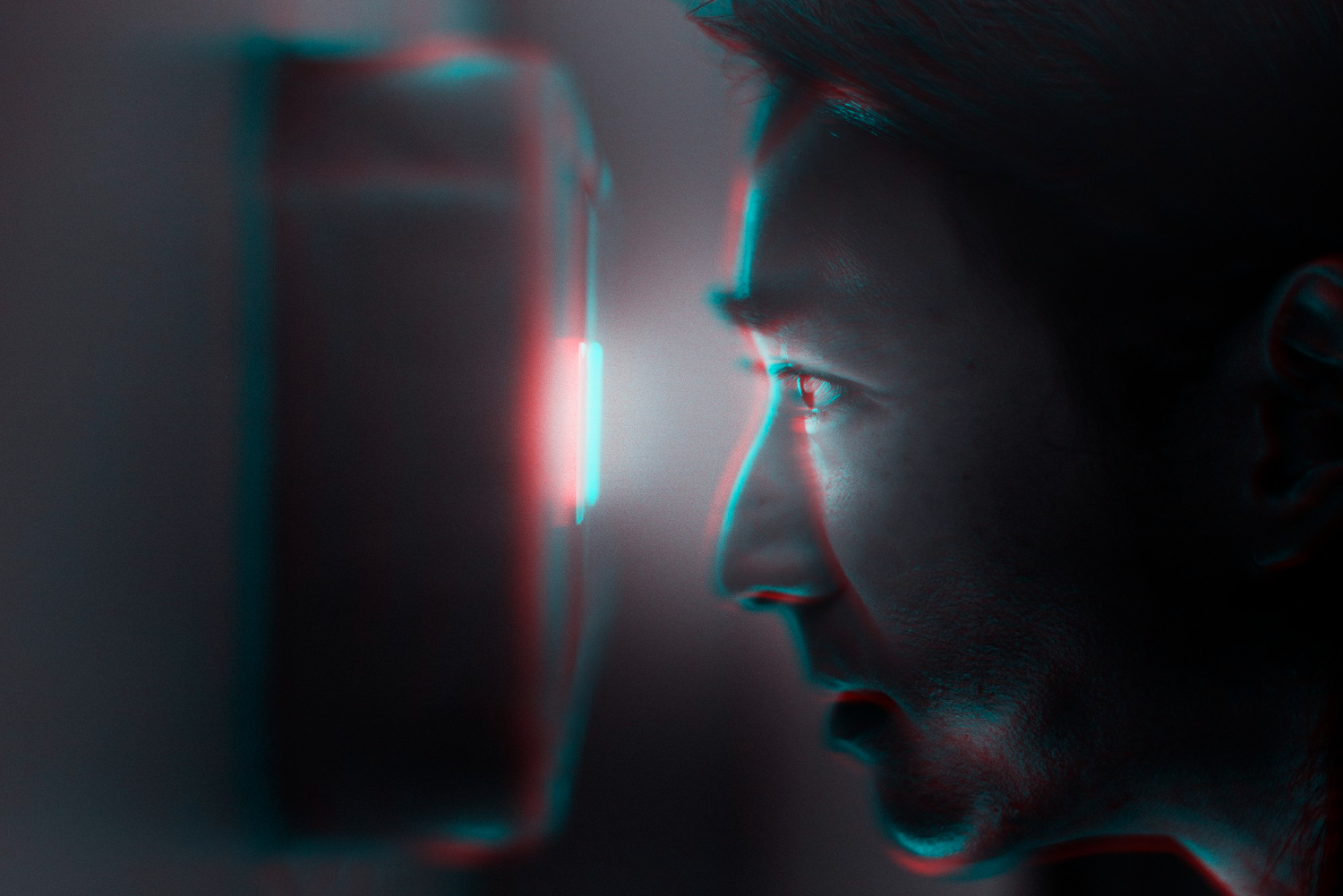Yes, AI writing detectors can differentiate between human and AI-generated content with high accuracy. These detectors use complex algorithms to analyze writing styles, sentence structures, and patterns that are often unique to AI-generated texts.
How do AI writing detectors work?
AI writing detectors analyze texts by looking for patterns and inconsistencies typical of AI-generated content. For instance, they might look for repetitive phrasing, overly formal language, or uncommon sentence structures that humans are less likely to use.
What makes AI-generated content identifiable?
AI-generated content is often identifiable by its lack of nuanced human emotion, overly consistent grammar, and sometimes unnaturally perfect coherence. These characteristics stem from the way AI models like GPT-4 learn from vast datasets, prioritizing correctness over creativity.
Beyond identifying AI-generated content, how can AI writing detectors be used?
AI writing detectors have applications beyond simply catching plagiarism. These tools can be valuable for content creators themselves. For instance, a writer grappling with clarity or repetitive phrasing can leverage an AI detector to pinpoint areas for improvement in their writing. Additionally, educators can utilize these tools to help students develop their writing skills by pinpointing areas where their writing might lack nuance or originality. Furthermore, businesses can leverage AI detectors to ensure brand consistency in their marketing materials by identifying content that deviates from their established style guide.
Can AI detectors be fooled?
While AI detectors are highly accurate, they are not foolproof. Advanced AI models, specifically designed to mimic human writing styles, can sometimes slip past these detectors. This makes differentiating between AI-generated and human-written text more challenging.
What is the future of AI writing detection?
AI technology is constantly evolving, and so are the methods for detecting AI-generated content. This ongoing development creates a dynamic situation. The future likely holds even more sophisticated detection tools. These tools will be able to learn and adapt to new AI writing patterns. This continuous adaptation ensures a never-ending chase between creation and detection technologies, resembling a cat-and-mouse game.
For a deeper dive into the intersection of AI writing quality and detection technology, check out our pillar article on “Is Your Content AI-Written? Top Detectors to Spot the Fakes”.
- The Agentic Startup Manifesto - June 8, 2025
- Remote Hiring in 2025 - April 5, 2025
- Burnout in Remote Teams: How It’s Draining Your Profits - January 27, 2025
